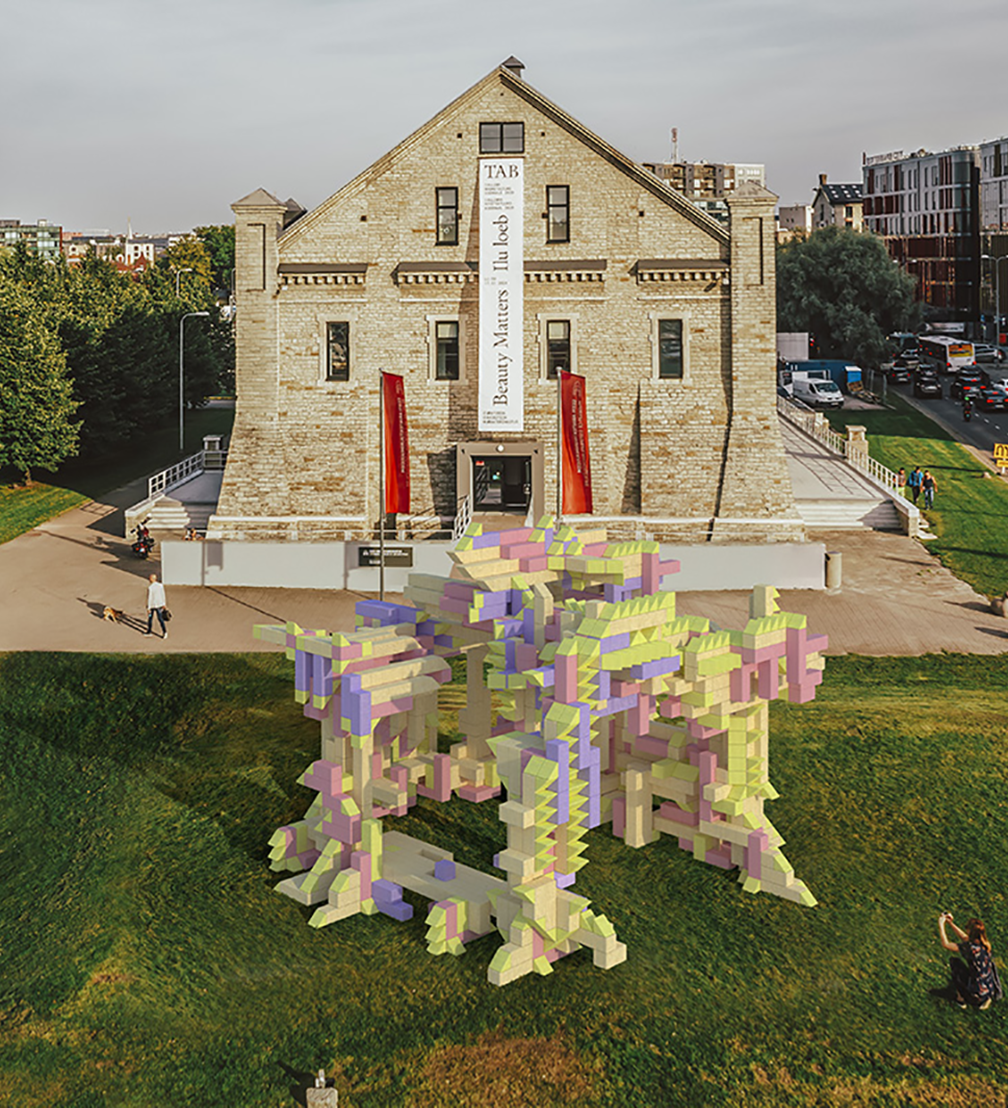
The Vienna-based, internationally acclaimed mixed-reality design studio iheartblob has won the Tallinn Architecture Biennale’s Installation Programme Competition «Slowbuilding». The Fungible Non-Fungible Pavilion will be the world’s first blockchain pavilion.
The aim of the Tallinn Architecture Biennale Installation Competition is to challenge emerging architectural talents to design an experimental timber installation in front of the Museum of Estonian Architecture, in the heart of Tallinn. The project focuses on the concept of slowness, aligning with TAB 2022’s main theme «Edible. Or, the Architecture of Metabolism».
«iheartblob» completely re-thinks the requirements of the pavilion by presenting a new decentralised and systematic approach towards architectural design, fabrication and funding in which the community are both designers and investors contributing to an emergent structure that evolves and grows over time.
In their proposal, the winning studio set forth a new role for the architect — no longer is he the Master Builder, but rather a system designer who weaves together innovative technologies to empower communities and enable local craftsmanship through the usage of blockchain, specifically the emergence of Non-Fungible Token (NFT), and Artificial Intelligence (AI).
This project would be the first ever blockchain-funded architecture initiative. It would serve as a test for the new decentralised architectural design model, which could generate works that are more reflective of community and environmental awareness. The outcomes are physical–digital hybrids that balance the «slower» constantly evolving physical components with real-time reactive digital updates.
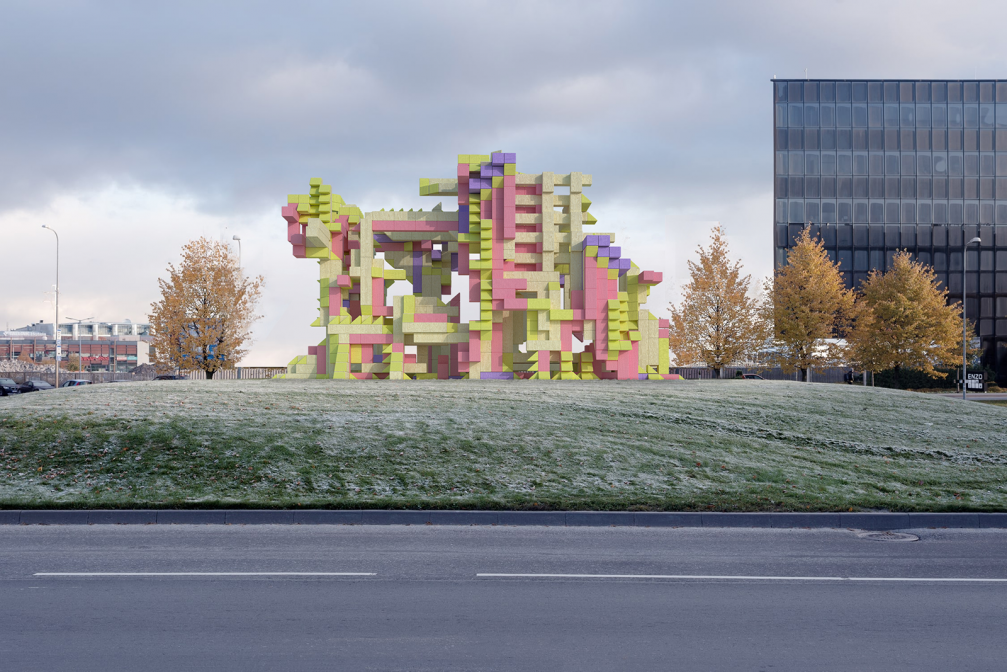
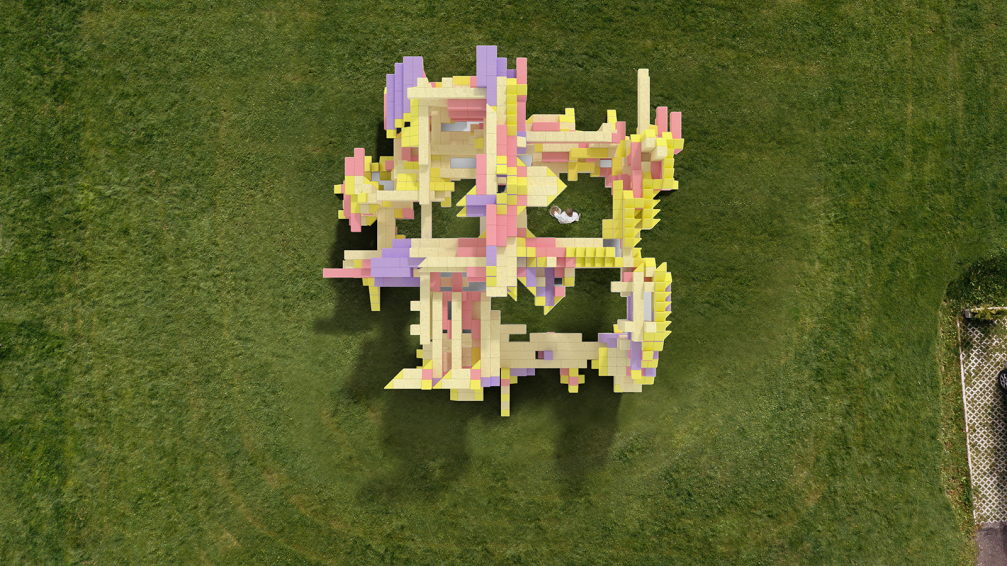
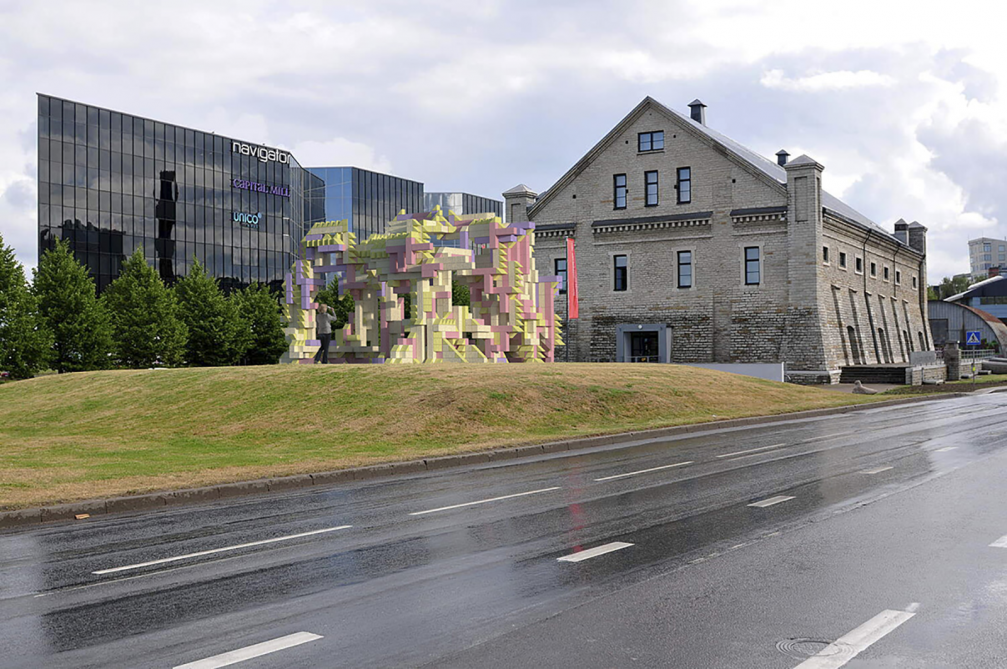
The integration of such technologies enable the design of a pavilion that evolves and grows both physically and digitally. Furthermore «iheartblob», rather than designing architecture elements themselves, have built an NFT generative tool in which individuals can design and «mint» (the process of creating and authenticating digital ownership) their own objects. As part of their NFT generative tool, a parametric setup is provided for users to design within constraints (e.g. grid systems, predefined interlocking components, timber materiality, etc.). The initial minting fee can therefore be calculated to cover the budgeted costs of fabrication of a physical object. In essence, every NFT minted by the digital tool funds a physical twin that is used in the pavilion. The digital objects can then be sold, by the owners, on secondary marketplaces as a way for the community designers to generate returns on their design and investment.
The result is a pavilion composed of unique parts each with different designers and owners, and ultimately reflective of a broader community demand and aesthetic sentiment. The application for designing a piece will go online from 1 May and the platform will be open until 1 July, when construction is set to begin. The installation will be built in July and August 2022 in the lively pedestrian green area facing the Museum of Estonian Architecture and will open to the public during the TAB 2022 Opening Week on 7 September, 2022. The structure will remain in place until the next edition of the event in 2024.
Initially, the mycelium pavilion Burlaite by the Australian architecture studio Simulaa was chosen as the winner of the installation competition. They proposed a structure made of wood waste which is gradually «eaten» and replaced by mushrooms. However, due to unforeseen circumstances, the iheartblob offer will be realised.
TAB 2022 will take place from September 7th to October 31st, 2022. More information about the upcoming event can be found on the website of the Tallinn Architecture Biennale.
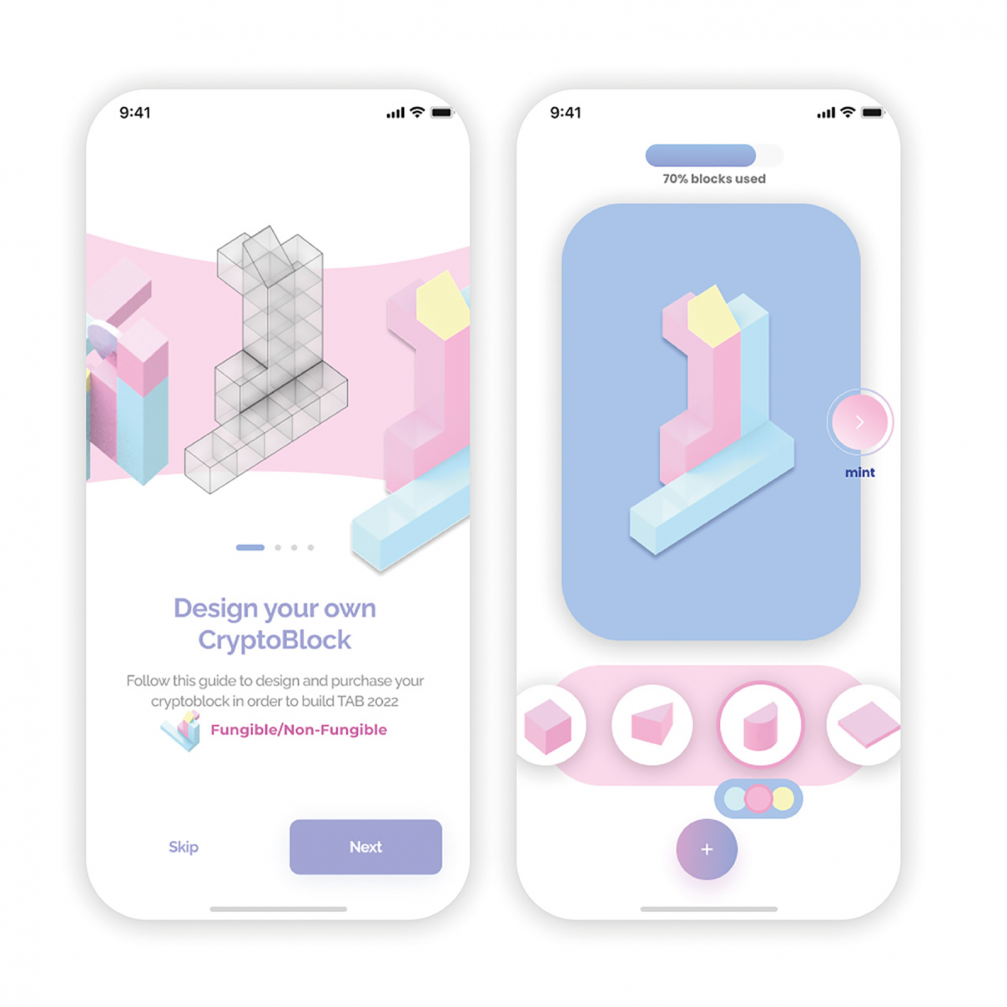
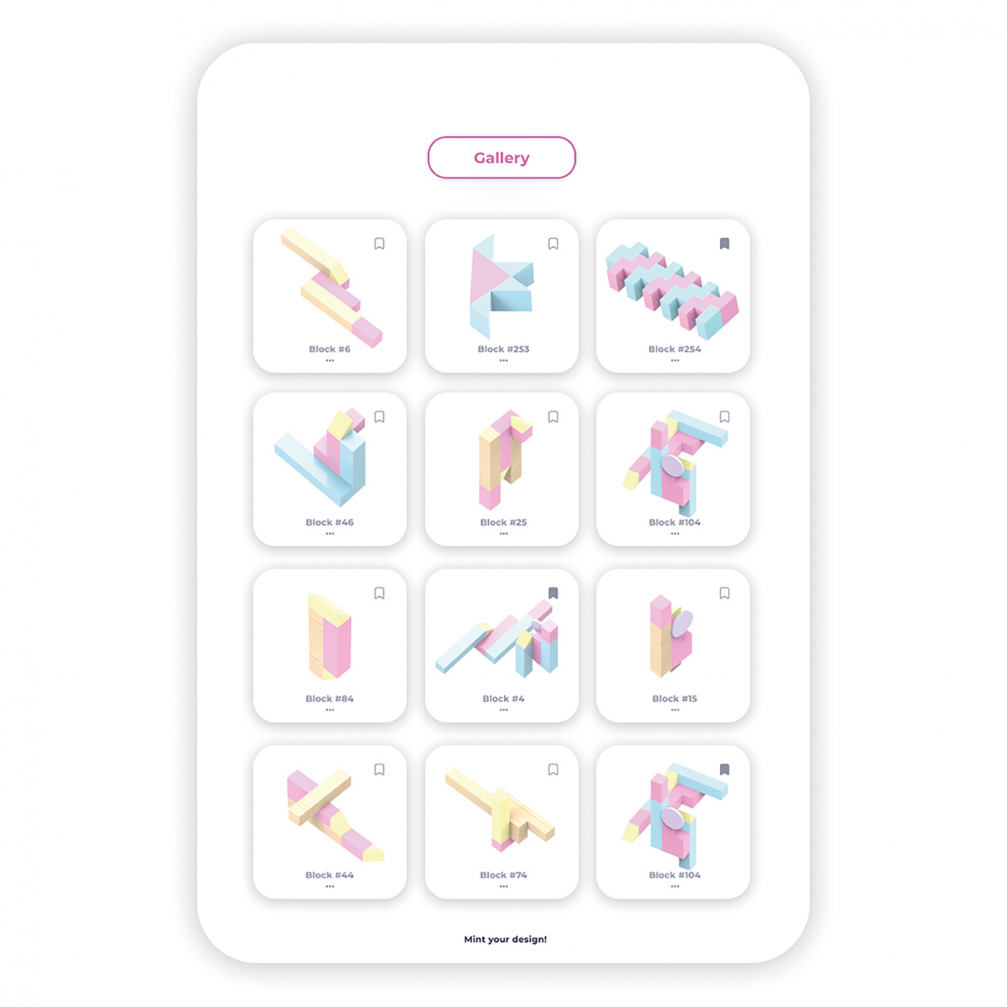
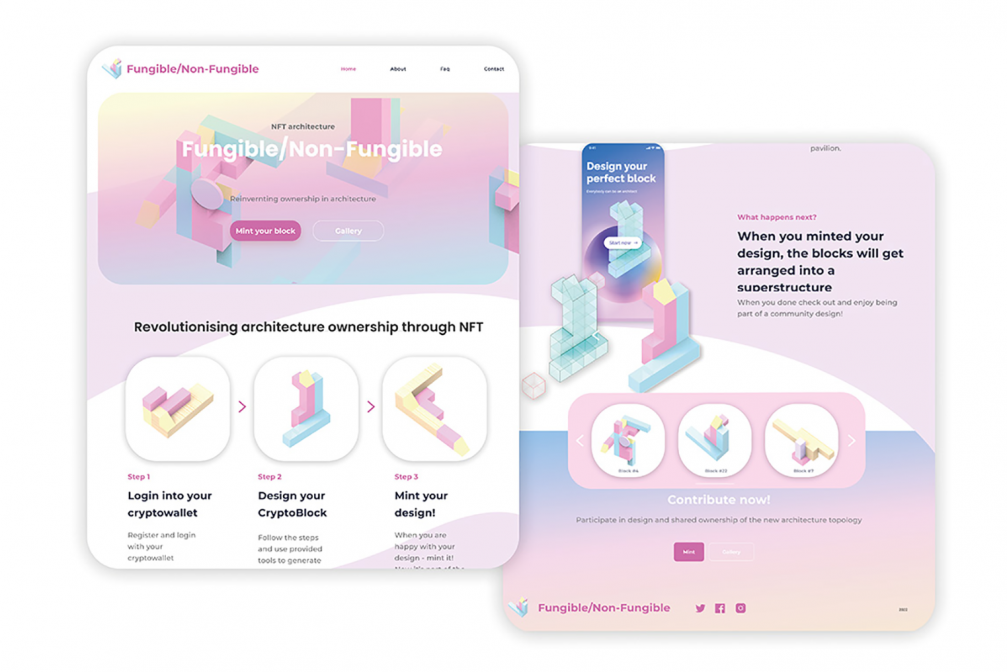
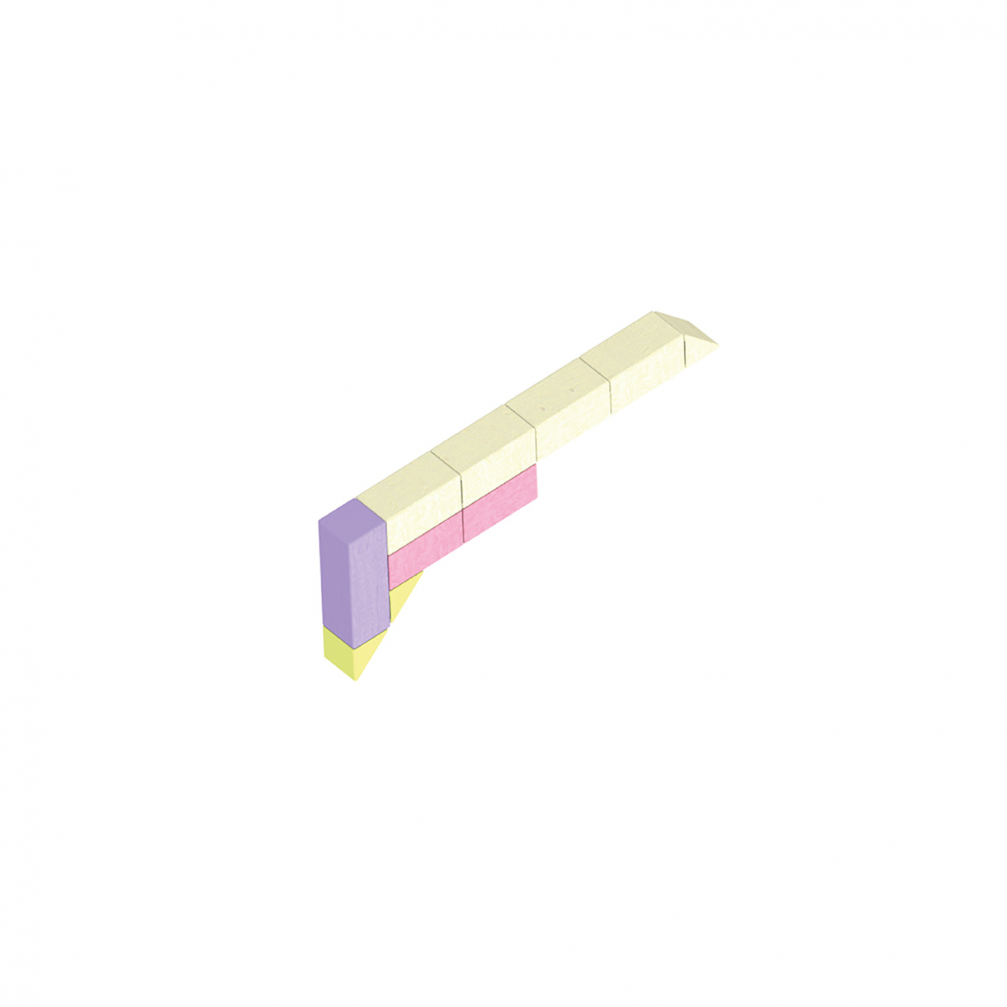
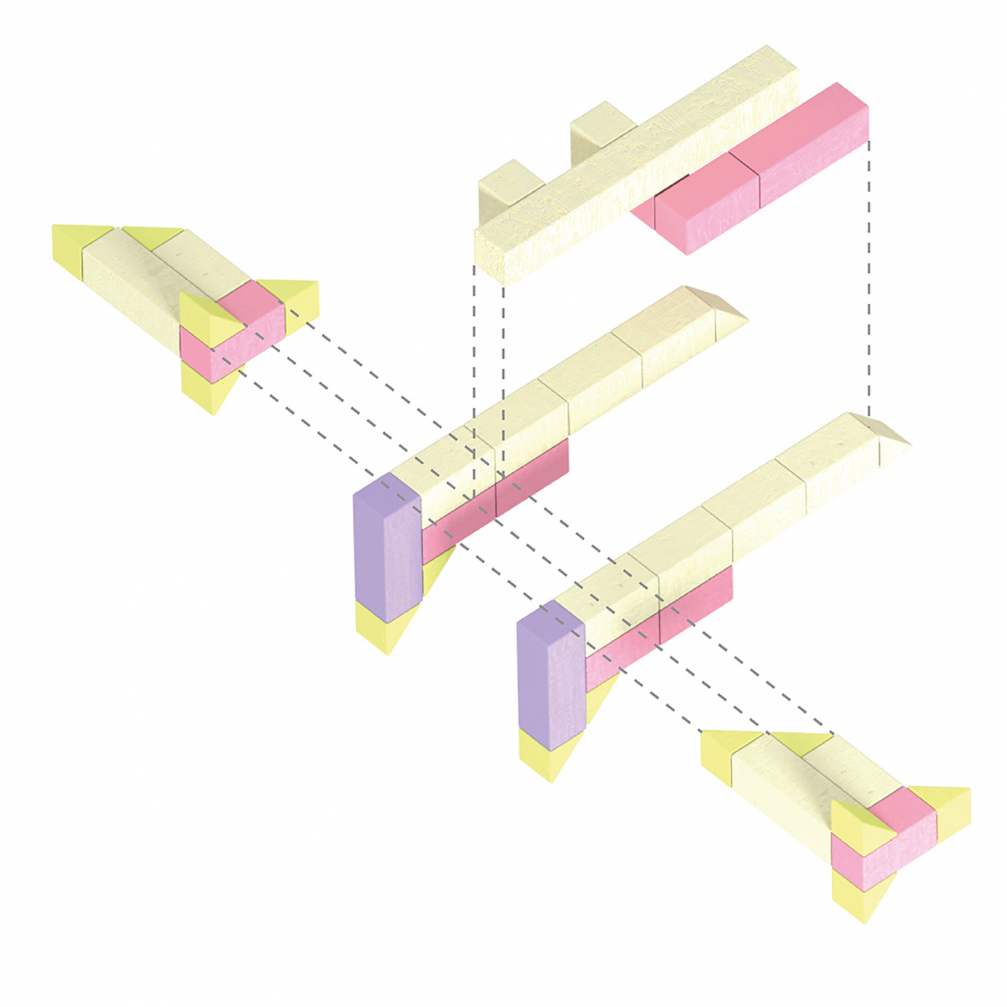
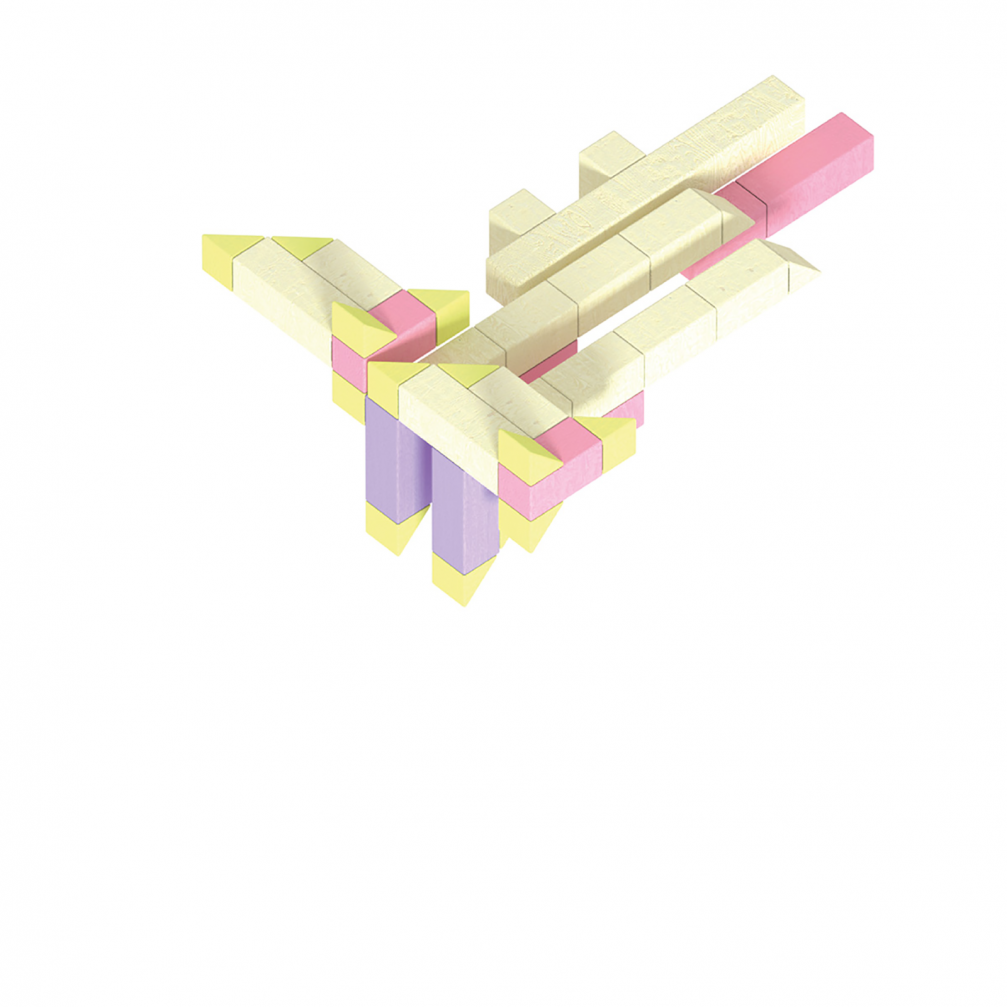
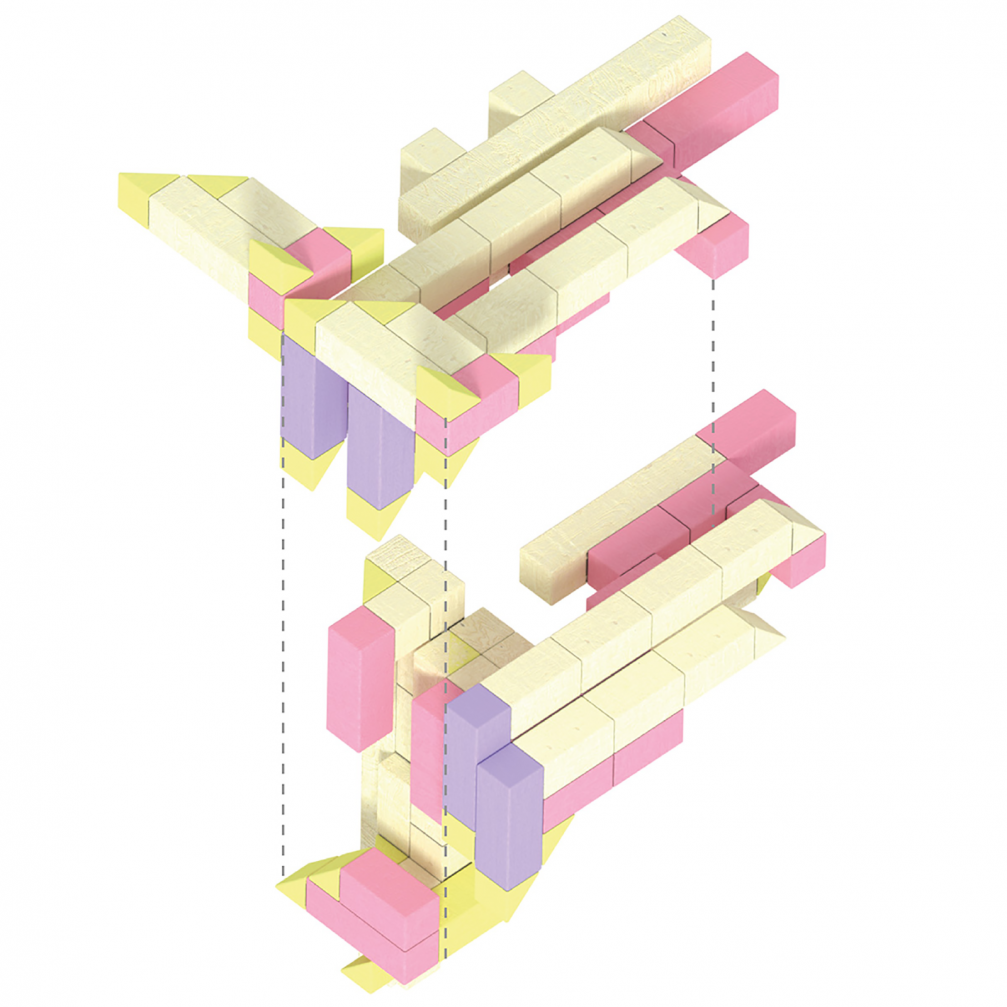
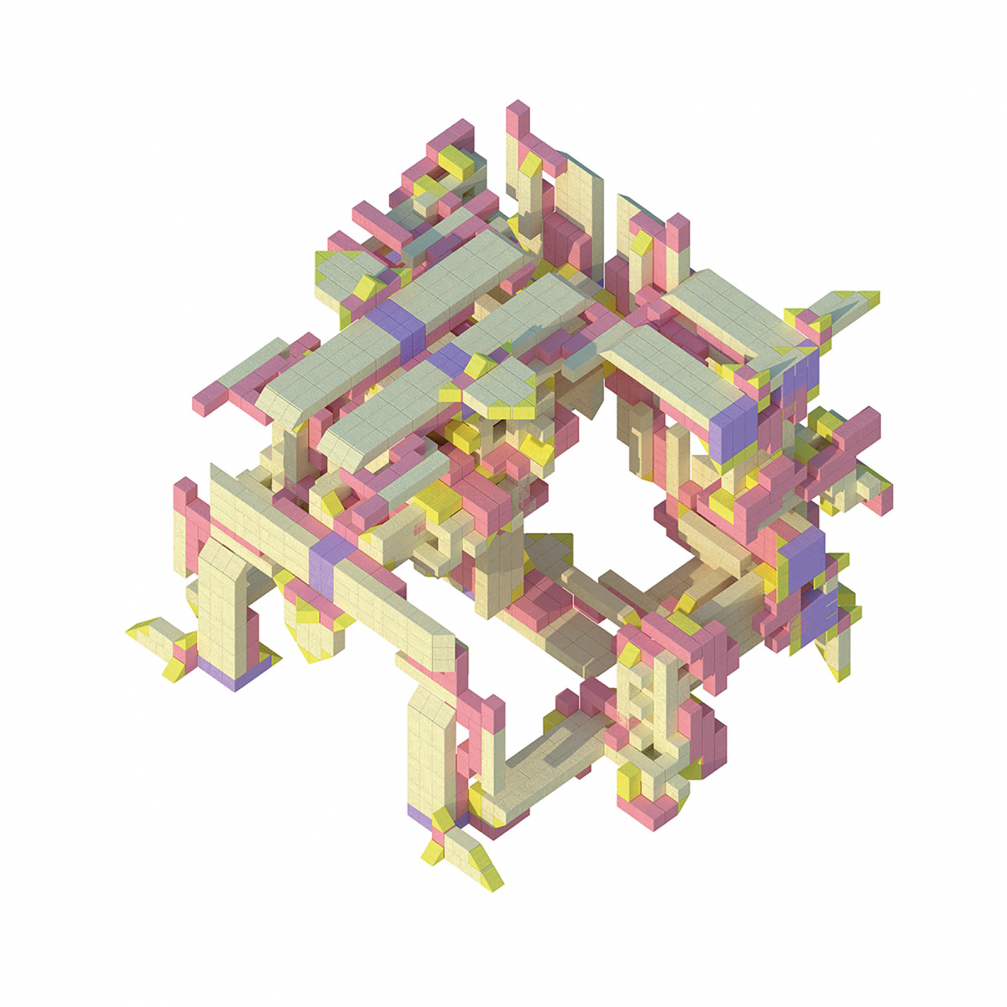
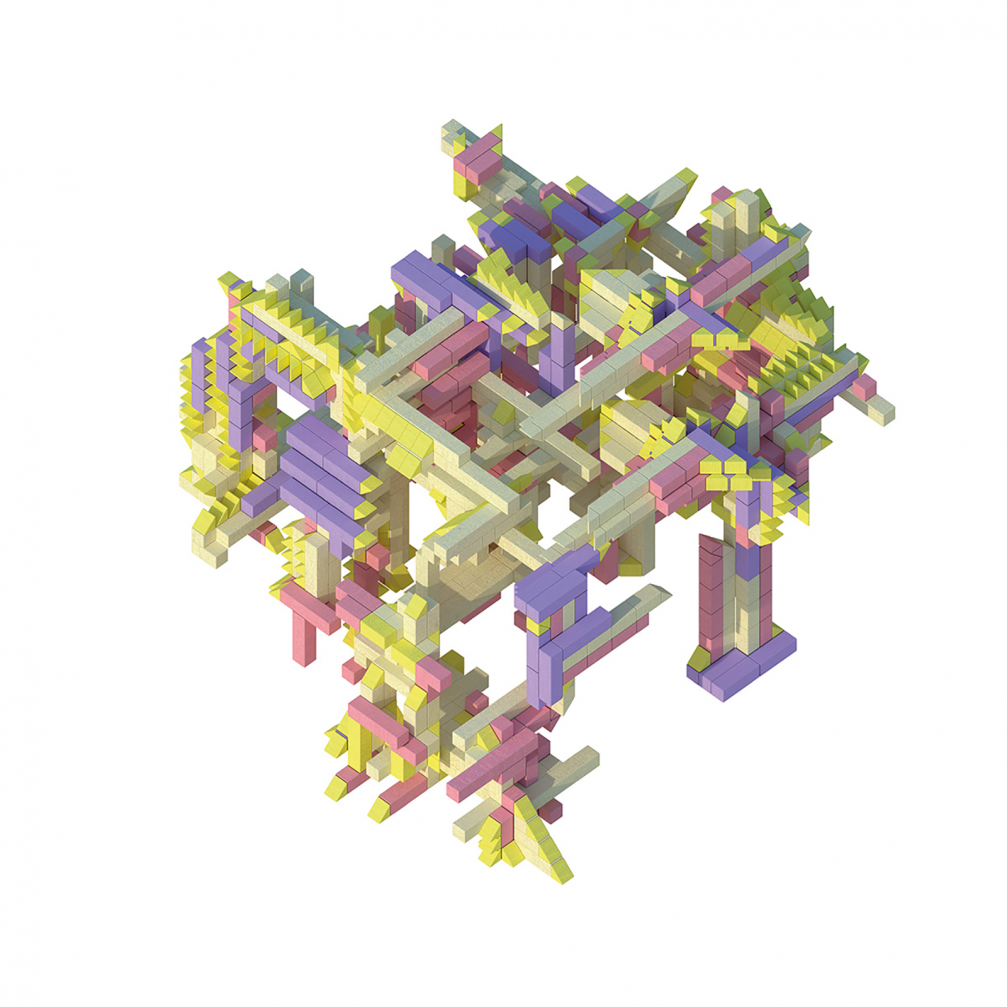
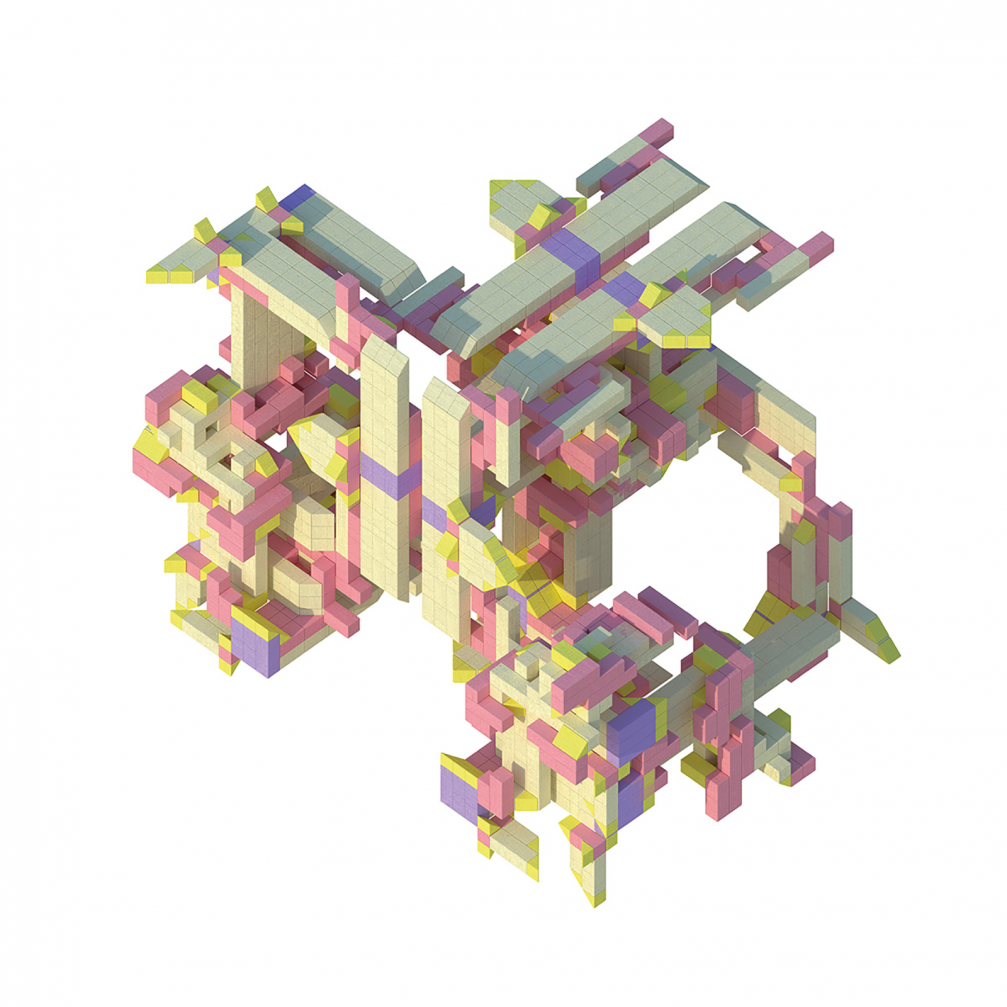
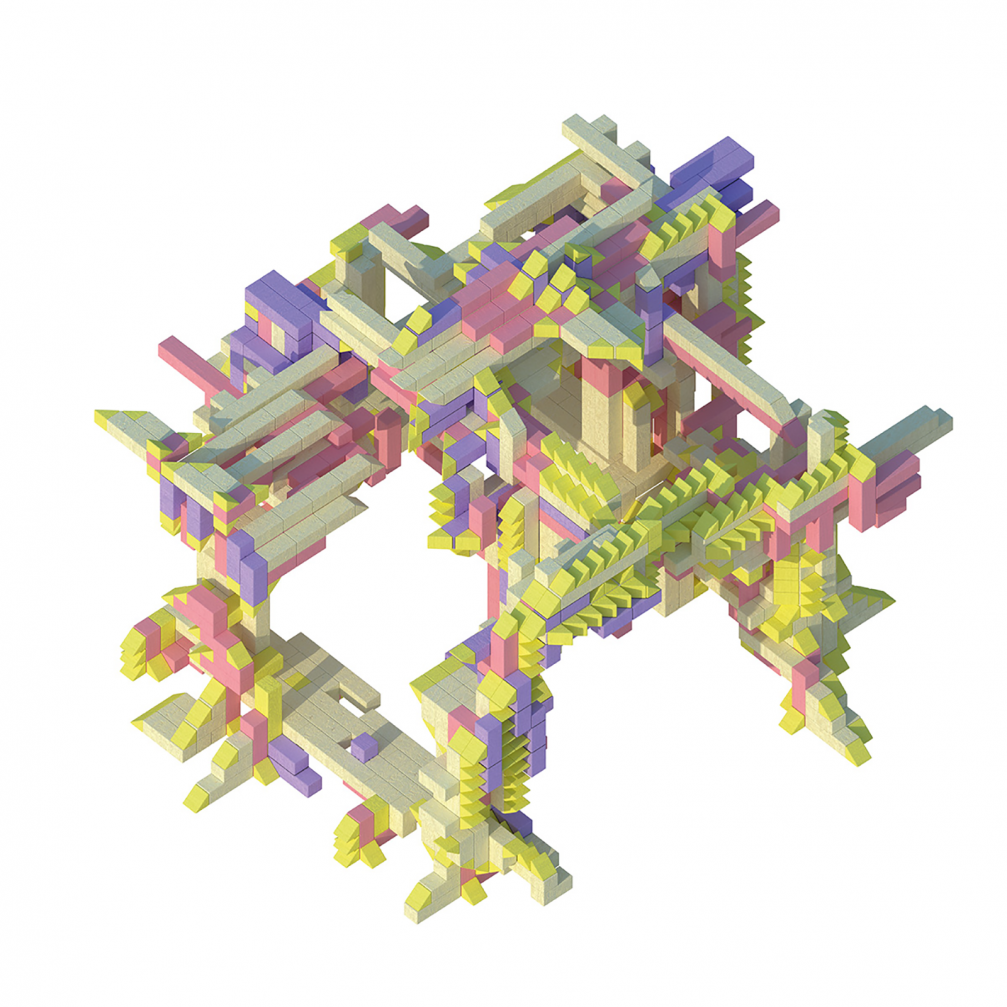
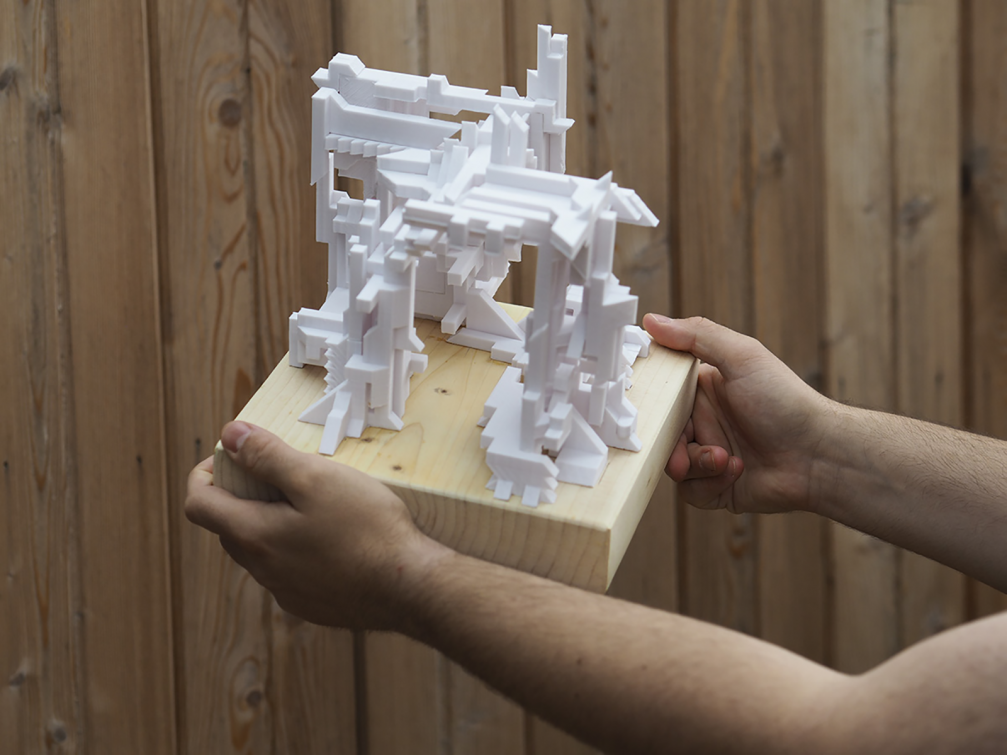
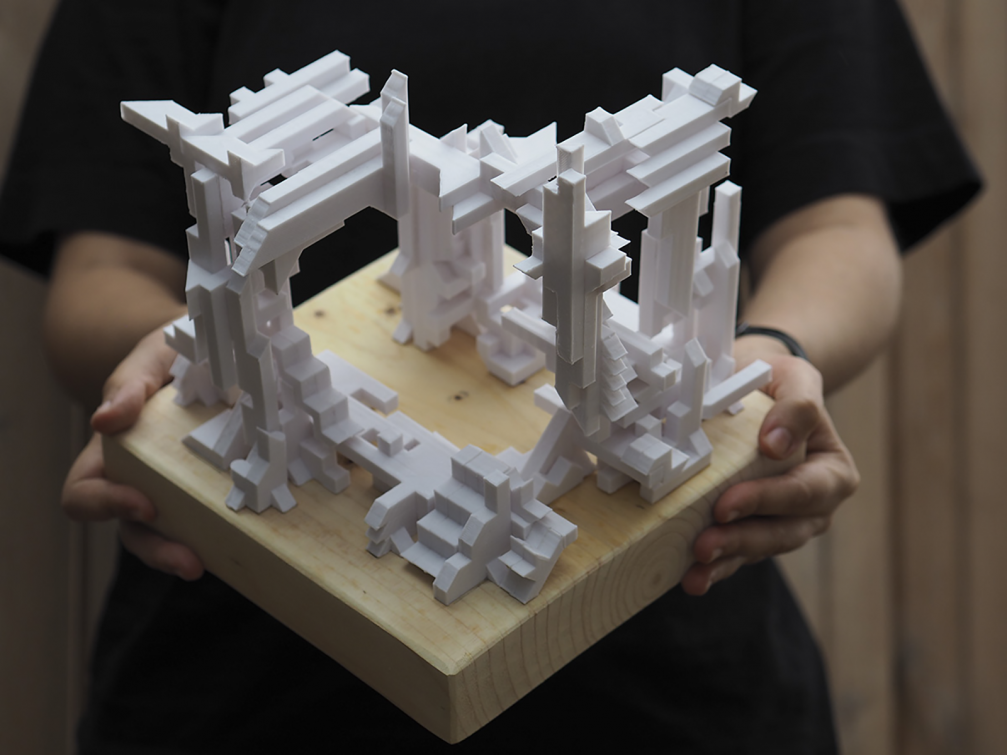
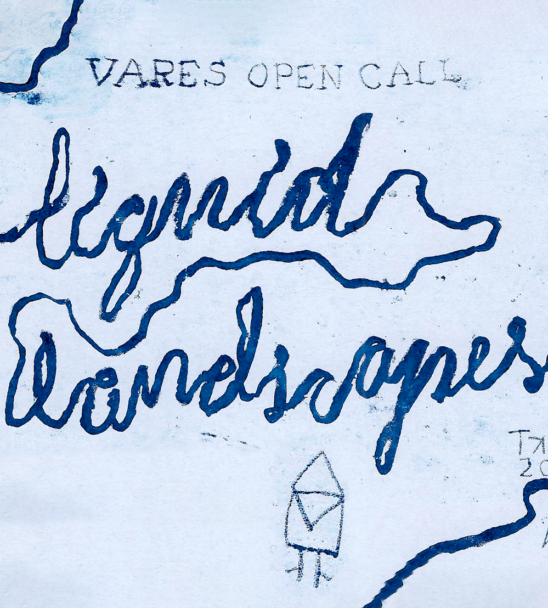
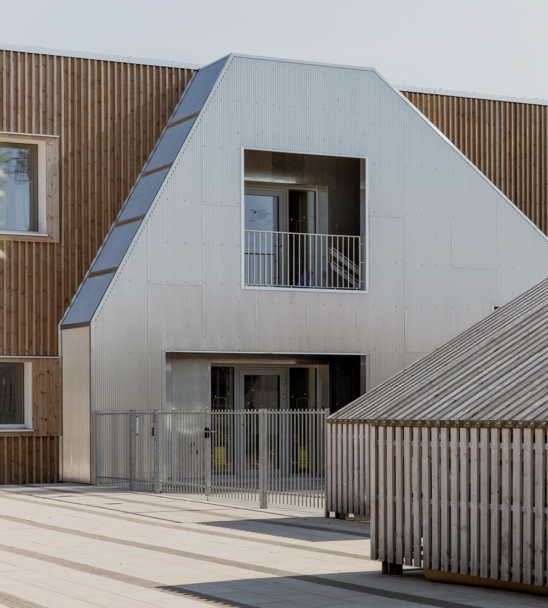

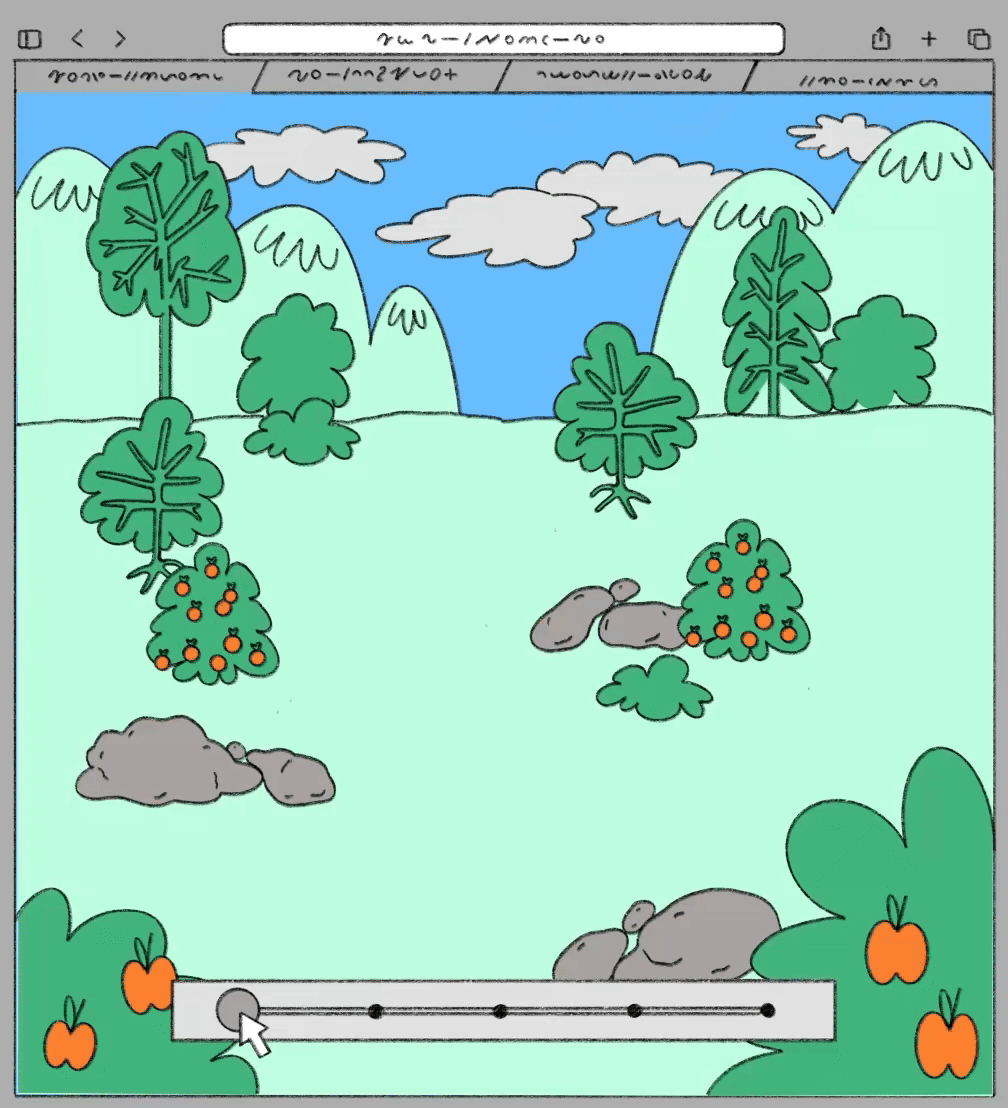
Viedokļi